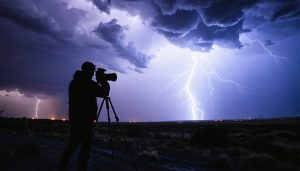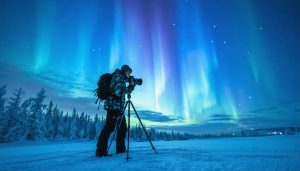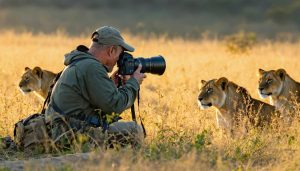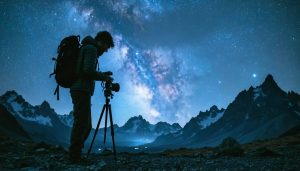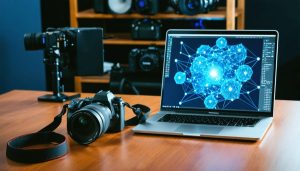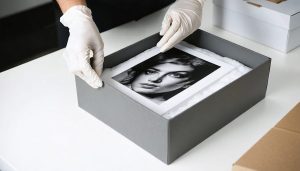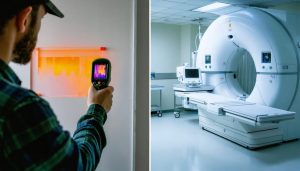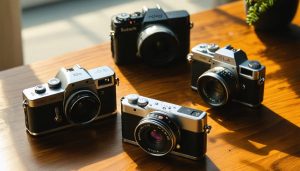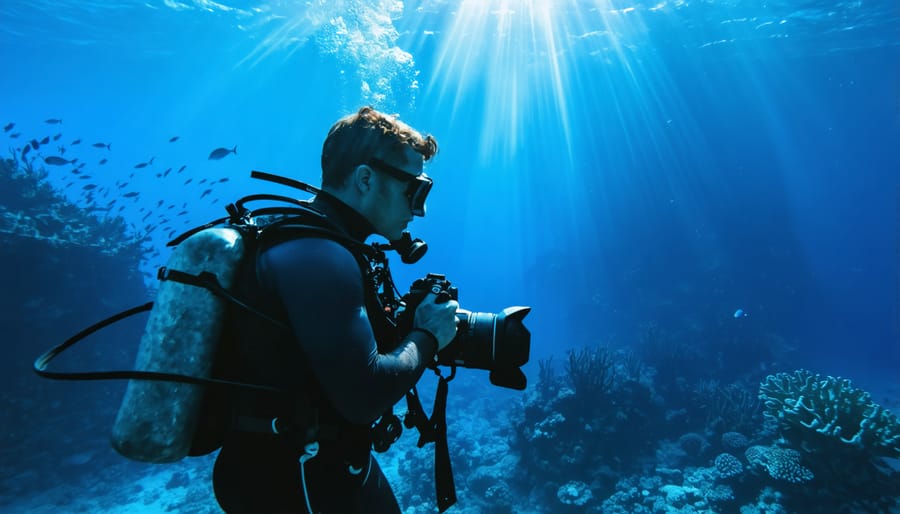
Dive into the mesmerizing world of underwater photography through intensive hands-on workshops designed to transform your marine photography skills. Master the essential gear and techniques while learning alongside experienced instructors in real ocean environments. From understanding the behavior of light underwater to capturing the delicate movements of marine life, these workshops combine technical expertise with practical experience in controlled conditions.
Whether you’re an experienced land photographer venturing underwater for the first time or seeking to refine your existing marine photography skills, professional-led workshops provide the perfect balance of classroom theory and open-water practice. Learn to work with specialized housing units, manage natural light, and create stunning compositions while prioritizing marine conservation and responsible photography practices.
Through focused instruction on equipment selection, camera settings, and post-processing techniques specific to underwater environments, you’ll develop the confidence to capture extraordinary marine moments. These workshops not only enhance your technical capabilities but also connect you with a community of passionate underwater photographers, creating opportunities for ongoing learning and collaboration in this specialized field.
Essential Underwater Photography Gear
Camera Housing Systems
Protecting your camera underwater requires a reliable housing system, and there are several options to suit different budgets and needs. Hard-case housings, typically made from durable aluminum or polycarbonate, offer the most robust protection and functionality. These cases feature mechanical controls that mirror your camera’s buttons and dials, allowing full access to settings while submerged.
For those just starting out, compact camera housings provide a more affordable entry point. These transparent plastic cases are designed specifically for point-and-shoot cameras and offer basic functionality while maintaining water-tight integrity up to certain depths.
Mirrorless and DSLR photographers often opt for professional-grade housings that accommodate additional ports for different lenses and accessories. These systems feature interchangeable ports for wide-angle, macro, and zoom lenses, plus mounting points for strobes and video lights.
Regardless of your choice, proper maintenance is crucial. Always check O-rings for damage, clean them regularly, and test the housing’s seal before each dive. Many photographers recommend using moisture-absorbing silica gel packets inside the housing to prevent fogging, especially in humid conditions.
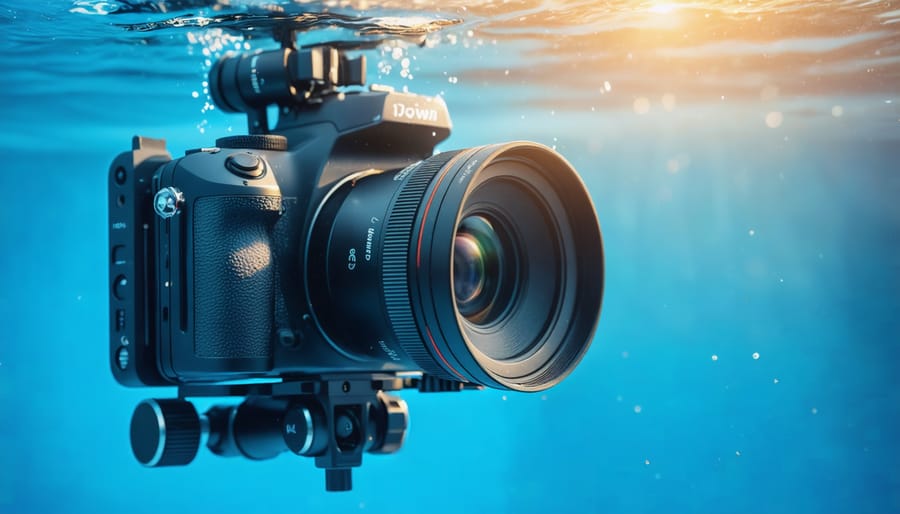
Lighting Equipment
Proper lighting is crucial for capturing stunning underwater images, and you’ll have several options to explore during the workshop. Strobes are the most popular choice among underwater photographers, providing powerful, controlled bursts of light that help maintain color accuracy and detail at depth. You’ll learn how to position dual strobes to minimize backscatter and create balanced lighting across your subjects.
Video lights offer continuous illumination, making them excellent for both video work and still photography. During the workshop, you’ll practice using these versatile tools for creative effects like light painting and bringing out fluorescent colors in marine life. They’re particularly useful when shooting in caves or under ledges where ambient light is limited.
Natural light techniques are equally important, especially for wide-angle shots and surface compositions. You’ll discover how to work with the sun’s rays to create stunning sunbursts and how to position yourself to maximize available light. The workshop covers essential skills like using reflectors underwater and understanding how water depth affects natural light’s color and intensity.
We’ll also explore the art of combining these different light sources to achieve professional-quality results in various underwater environments and conditions.
Accessories and Safety Equipment
Proper equipment and safety gear are essential for a successful underwater photography session. Start with a reliable underwater housing for your camera, ensuring it’s compatible with your specific model and rated for your intended diving depth. Consider investing in backup O-rings and silicon grease for housing maintenance. Following proper underwater safety practices is crucial, so don’t forget your diving essentials: exposure suit, mask, fins, and dive computer. For lighting, bring at least one strobe or underwater light, plus backup batteries. A color correction filter can help balance underwater tones, while anti-fog solution keeps your port clear. Always carry a surface marker buoy and whistle for emergency signaling, and remember to bring a mesh bag for carrying your gear during entry and exit.
Core Photography Techniques
Managing Light and Color
Water presents unique challenges for photographers, with its ability to absorb and scatter light dramatically affecting how we capture images beneath the surface. Managing underwater lighting conditions requires understanding how different wavelengths of light behave at varying depths.
As you descend, colors disappear in sequence: reds vanish at around 15 feet, followed by oranges and yellows, leaving a predominantly blue-green environment at greater depths. To combat this natural color loss, we’ll teach you to work with artificial lighting solutions like strobes and video lights, helping you restore the vibrant colors of marine life in your images.
During the workshop, you’ll learn practical techniques for positioning your lights to minimize backscatter – those frustrating floating particles that appear as bright spots in your photos. We’ll cover the art of balancing ambient light with artificial lighting, creating depth and dimension in your underwater compositions.
You’ll also discover how to use water’s unique properties to your advantage. The workshop includes hands-on practice with techniques like shooting upward to capture sun rays penetrating the surface, creating stunning natural light effects. We’ll explore how different times of day affect underwater visibility and light patterns, helping you plan your shoots for optimal conditions.
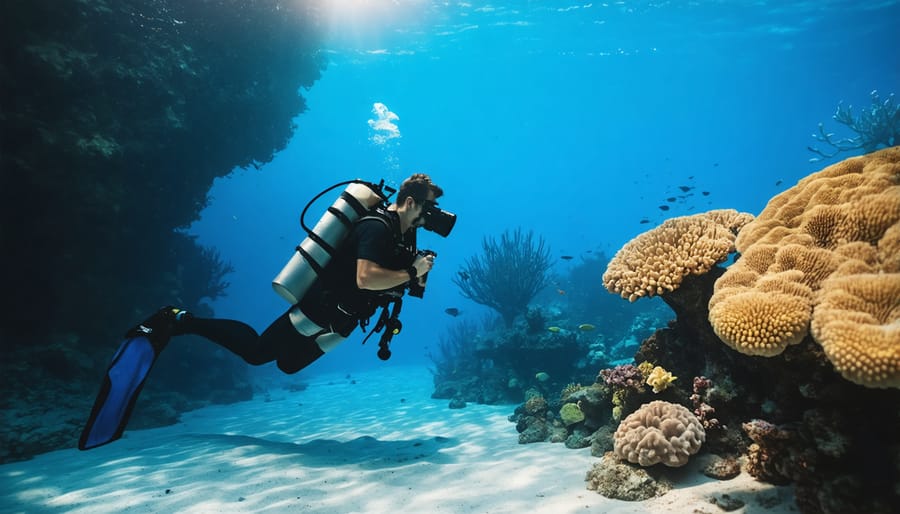
Composition in Aquatic Environments
Composing stunning underwater photographs requires a different approach from land-based photography. The aquatic environment presents unique challenges and opportunities that can transform your images from simple snapshots to compelling artistic works.
The rule of thirds remains crucial underwater, but you’ll need to consider the three-dimensional nature of the marine environment. Position your main subject slightly off-center and leave space in the direction they’re facing or moving. This creates a sense of motion and story within your frame.
When shooting upwards, utilize the water surface as a natural frame, creating striking silhouettes against the sunlight. This technique, known as “Snell’s window,” can produce dramatic results, especially during early morning or late afternoon dives when light rays pierce through the water.
Color management underwater requires special attention since water absorbs different wavelengths of light at varying depths. Red disappears first, followed by orange and yellow, leaving a predominantly blue-green palette. Position yourself closer to your subject and use artificial lighting to restore these lost colors.
Consider the negative space created by the blue water – it can be just as important as your subject. Use this empty space strategically to create depth and draw attention to your main subject. When photographing marine life, patience is key. Wait for natural behaviors and interactions that tell a story, rather than simply documenting their presence.
Remember to maintain proper buoyancy control while composing your shots. Good positioning not only helps you capture better images but also protects the delicate marine environment.
Focus and Movement
Achieving sharp focus underwater presents unique challenges, but mastering these techniques will dramatically improve your images. Start by maintaining proper buoyancy control – a fundamental skill that helps you stay steady while shooting. When photographing stationary subjects, position yourself at a 90-degree angle to minimize water distortion between your lens and the subject.
For moving subjects like fish or sea turtles, pre-focus on the spot where you anticipate they’ll swim through, then wait for the perfect moment. Use continuous autofocus mode when tracking faster-moving marine life, and remember that objects appear about 25% closer underwater due to refraction.
Light conditions affect focus significantly underwater. In deeper waters or during overcast days, consider using a focus light to help your camera’s autofocus system lock onto subjects more effectively. When shooting macro subjects, use a smaller aperture (higher f-number) to increase your depth of field, as water magnification can make focus extremely shallow.
Movement control is crucial – both yours and your subject’s. Practice breathing techniques that minimize body movement while shooting, and time your shots between breaths when possible. In stronger currents, position yourself behind coral formations or rocks to stabilize yourself, but always maintain a safe distance to protect marine life and yourself.
Environmental Awareness and Conservation
Marine Life Ethics
As underwater photographers, our primary responsibility is to protect the marine environments we photograph. Photographing marine wildlife responsibly requires understanding and following key ethical guidelines.
Maintain a safe distance from marine life – generally staying at least 3 meters away from larger creatures and avoiding contact with coral reefs. Never chase, touch, or feed marine animals, as this can alter their natural behavior and cause stress. Be especially mindful during breeding seasons and around juvenile animals.
Perfect your buoyancy control before attempting close-up shots. Poor buoyancy can result in damaged coral reefs and disturbed seafloor environments. Keep your equipment secure and close to your body to prevent accidental contact with marine life.
Avoid using artificial lights around sensitive species, particularly at night. When necessary, use minimal lighting and never point lights directly at an animal’s eyes. Flash photography should be used sparingly and only when natural light isn’t sufficient.
Choose dive operators who prioritize marine conservation and follow local regulations. Many marine sanctuaries have specific guidelines about photography, including restrictions on flash usage and minimum distances from certain species.
Remember, a great shot is never worth compromising the well-being of marine life. Sometimes, the best action is to simply observe and wait for natural behavior rather than trying to manufacture the perfect photo opportunity.
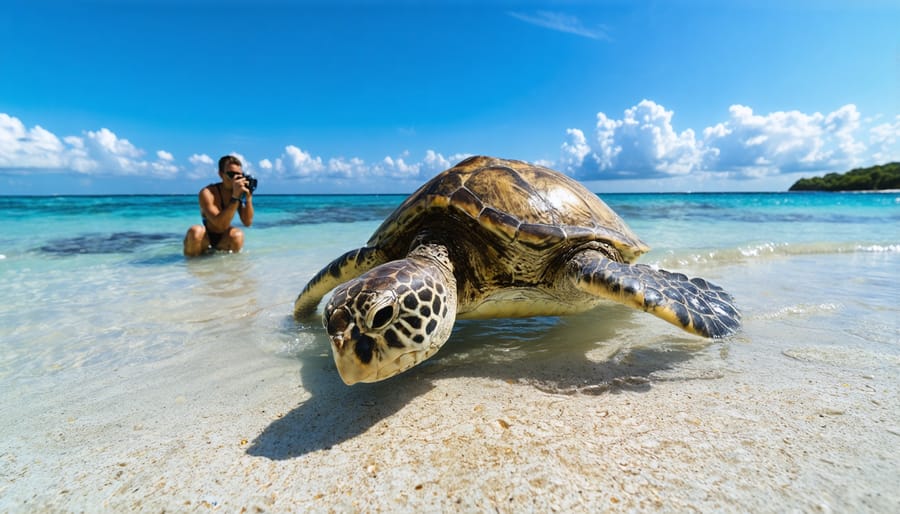
Conservation Through Photography
Underwater photography offers a unique opportunity to become an advocate for marine conservation. Through compelling images, photographers can document the beauty of marine ecosystems while also highlighting environmental challenges facing our oceans. Workshop participants learn not only how to capture stunning underwater scenes but also how their work can contribute to ocean conservation efforts.
During the workshop, instructors emphasize responsible photography practices that minimize impact on marine life. This includes maintaining proper buoyancy to avoid damaging coral reefs, keeping a safe distance from marine creatures, and never manipulating or disturbing wildlife for a shot. You’ll learn how to document marine species in their natural behavior, which often results in more authentic and powerful images.
Many successful underwater photographers have used their work to raise awareness about ocean conservation issues, from plastic pollution to coral bleaching. Workshop sessions include discussions on how to effectively tell environmental stories through images and how to partner with conservation organizations to make a meaningful impact.
Participants also learn about opportunities to contribute their images to citizen science projects and marine research initiatives. These contributions help researchers monitor marine populations, track ecosystem changes, and document previously unknown species behaviors. By combining artistic vision with conservation awareness, underwater photographers become powerful allies in marine protection efforts.
Workshop Experience and Learning
Practical Sessions
The heart of our workshop lies in extensive hands-on training sessions, where theory transforms into practical experience. Each participant embarks on their own underwater photography journey through carefully structured diving sessions in diverse marine environments.
Morning sessions typically begin in shallow waters, where you’ll master basic underwater camera handling and buoyancy control. As confidence grows, afternoon dives venture into deeper waters, exploring coral reefs, shipwrecks, or marine sanctuaries. Each location presents unique lighting conditions and subjects, from macro photography of tiny nudibranchs to wide-angle shots of reef landscapes.
Participants work in small groups of four to six, ensuring personalized attention from experienced instructors. Real-time feedback sessions follow each dive, where you’ll review your images, discuss challenges, and receive constructive suggestions for improvement. You’ll practice various techniques, including natural light photography, strobe positioning, and creative composition approaches.
The workshop includes specialized sessions on challenging scenarios like photographing fast-moving marine life, shooting in low-light conditions, and capturing split-shot images (half above, half below water). We also dedicate time to post-processing techniques specific to underwater photography, helping you bring out the best in your images while maintaining natural colors and clarity.
Theory and Review
The classroom component of underwater photography workshops forms the foundation of your learning experience. These sessions typically begin with comprehensive presentations covering essential concepts like exposure triangle, composition rules, and strobe positioning. You’ll learn how different water conditions affect light behavior and how to adjust your camera settings accordingly.
During theory sessions, instructors break down the technical aspects of underwater photography, from understanding backscatter prevention to mastering white balance in varying depths. You’ll explore the physics of light underwater and how it influences your photography choices, including lens selection and shooting angles.
The image review process is equally valuable, offering constructive feedback in a supportive environment. Participants share their daily shots in group sessions, where instructors analyze composition, lighting techniques, and technical execution. These reviews often become collaborative learning experiences, with fellow photographers sharing insights and creative perspectives.
Instructors also cover post-processing techniques specific to underwater photography, teaching you how to handle common challenges like color correction and removing backscatter. The classroom setting allows for detailed discussions about equipment maintenance, diving safety protocols, and marine life behavior – knowledge that proves invaluable once you’re in the water.
These theory sessions blend seamlessly with practical applications, ensuring you understand not just the ‘how’ but also the ‘why’ behind successful underwater photography techniques.
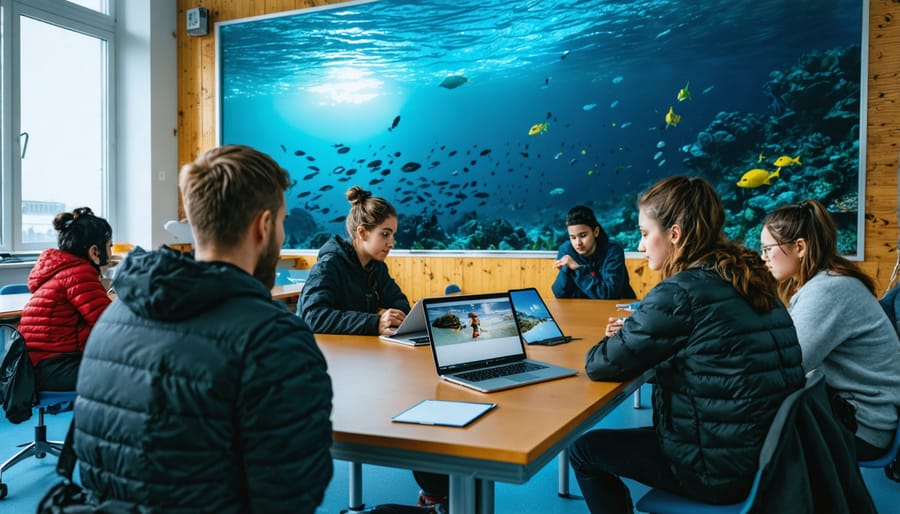
Post-Processing Techniques
Post-processing underwater images requires specific techniques to address the unique challenges of underwater photography. The first step typically involves white balance correction to counter the blue-green color cast that water naturally creates. Using your editing software’s white balance tools, look for neutral elements in your image, such as sand or white coral, to establish accurate colors.
Backscatter removal is another crucial skill you’ll learn in the workshop. These tiny particles suspended in water can create distracting spots in your images. Using healing and clone tools strategically helps clean up these imperfections while maintaining the natural look of your underwater scene.
Contrast and clarity adjustments are essential for bringing out detail lost due to water’s diffusing effect. However, it’s important to maintain a natural look – avoid over-processing that can make images appear artificial. You’ll learn to use selective adjustments to enhance specific areas while preserving the atmospheric quality that makes underwater photography special.
Color enhancement requires a delicate touch. While it’s tempting to boost saturation dramatically, subtle adjustments often yield more professional results. Focus on bringing out the natural colors of marine life while maintaining the characteristic underwater mood.
During the workshop, you’ll practice these techniques using industry-standard software, working with your own images captured during diving sessions. This hands-on approach ensures you can confidently edit your underwater photographs long after the workshop ends.
Embarking on your underwater photography journey is an exciting adventure that combines artistic vision with technical expertise. Throughout this workshop guide, we’ve explored essential equipment, fundamental techniques, and the crucial aspects of marine conservation that every underwater photographer must consider.
Remember that success in underwater photography comes from a combination of proper preparation, practice, and patience. Start with mastering basic camera settings in shallow waters before venturing into more challenging environments. Invest in quality equipment gradually, beginning with the essentials and expanding your kit as your skills develop.
The key to improvement lies in regular practice and continuous learning. Consider joining local underwater photography communities or online forums where you can share experiences and learn from fellow photographers. Many successful underwater photographers started exactly where you are now, and with dedication, you’ll see your skills progress steadily.
Don’t forget the importance of marine conservation and responsible photography practices. As underwater photographers, we’re not just creators but also advocates for ocean preservation. Always follow the “look but don’t touch” principle and maintain appropriate distances from marine life.
Your next steps should include:
– Practicing camera settings in a pool or controlled environment
– Joining local diving groups that focus on photography
– Starting a portfolio to track your progress
– Participating in workshops to refine your techniques
– Studying marine life behavior to better anticipate photo opportunities
Remember, every great underwater photographer started with their first splash. With the knowledge from this workshop guide, you’re well-equipped to begin your underwater photography adventure. Stay curious, keep learning, and most importantly, enjoy the unique experience of capturing the ocean’s endless wonders.

